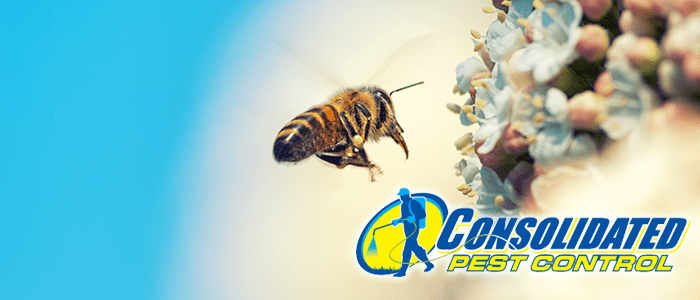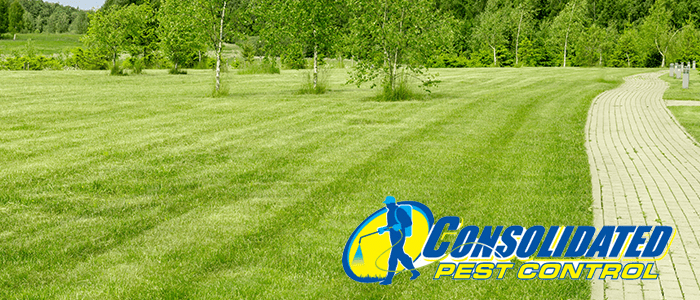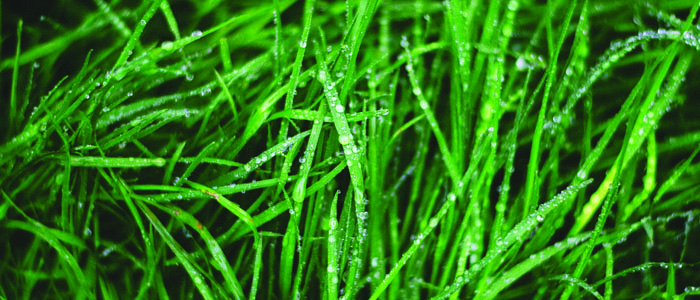
There has been much talk recently about the decline in the bee population. Many people are doing what they can to help attract and preserve the bee population in their area. We think this is a wonderful and noble effort. If you are comfortable with welcoming bees into your garden to feed and, hopefully, breed, then we applaud your efforts. But what if you would like to do this yourself and have no idea where to start? For those of you who need a little guidance, we are here to help. This week, we are looking at what plants you can plant in your yard to attract pollinators, from bees to hummingbirds.
What Are Pollinators?
As you may have already known, there are more pollinators out there than just bees. While bees seem to be heavy on everyone’s minds these days, they are only a small percentage of the pollinator family. A few others to add to the list are:
- Butterflies
- Hummingbirds
- Ants
- Beetles
- Bats
If you are looking to attract a multitude of pollinators to your garden, then you will need to plant a wide variety of flowers to open up the buffet to everyone. On the other hand, if you are specifically looking to attract bees, or one of the other pollinators, you can narrow your focus and plant fewer varieties.
What to Plant
As we said before, what pollinators you are looking to attract will determine what specific plants you should look for. For bees, popular choices are echinacea, poppies, black-eyed susans, and geraniums. For other pollinators, consider:
- Starflowers
- Sunflowers
- Daisies
- Dahlias
- Lavender
- Marigold
Where and How to Plant
As a general rule, flowers that are brightly colored or whose flowers contrast strongly with their leaves will attract more pollinators. Another suggestion is to plant flowers close together whenever possible. Pollinators seek out large clumps of flowers where they can get the most without having to go very far. This means that you will need to plan out your garden carefully to provide the greatest number of flowers in the space available without overcrowding the roots of your plants. While you are planning out your garden, be sure to consider what plants are native to your area. These plants will fare better than those which do not natively grow in your region. This does not mean that it is impossible to grow them, but you will have to work harder to maintain your garden when working with non-native plants.
In addition, you must choose plants that can grow in the sunlight and shade conditions available in your garden. Pollinators are not exclusive to full sun environments, so you can find plants that will attract a pollinator in whatever conditions you have. But if you are planting flowers that require full sun in a garden that only gets partial sun, your flowers will not last long. Remember to work with what you have. Anything you can do to help our pollinators thrive is well worth it.








